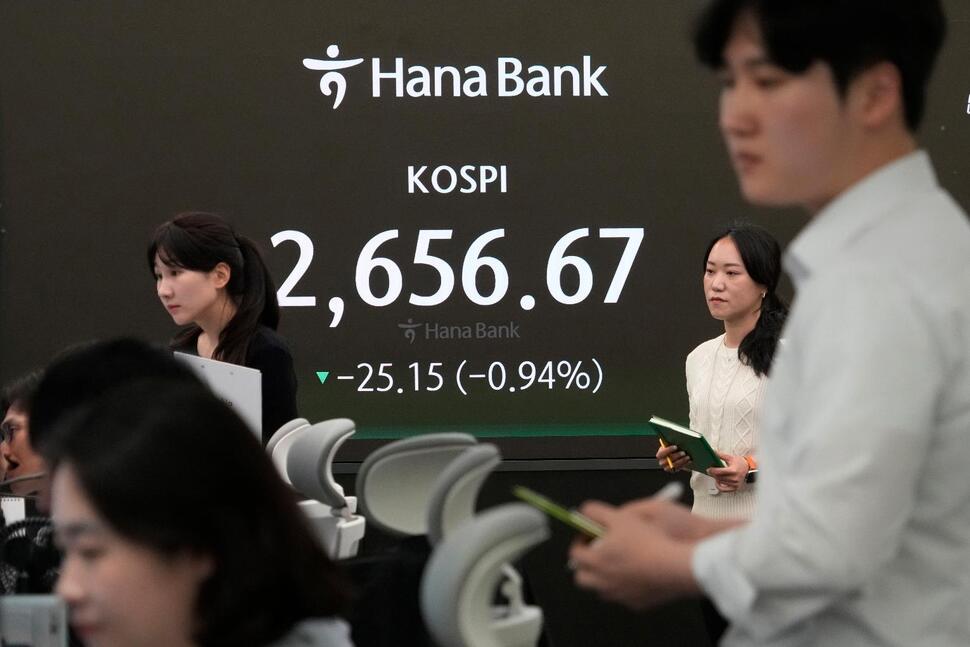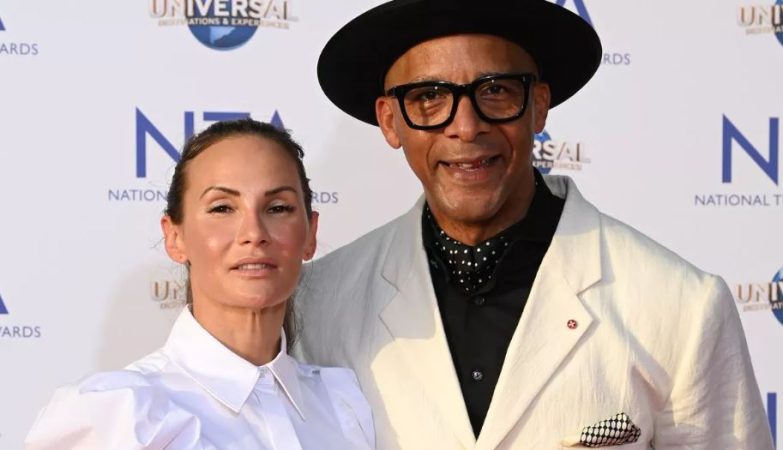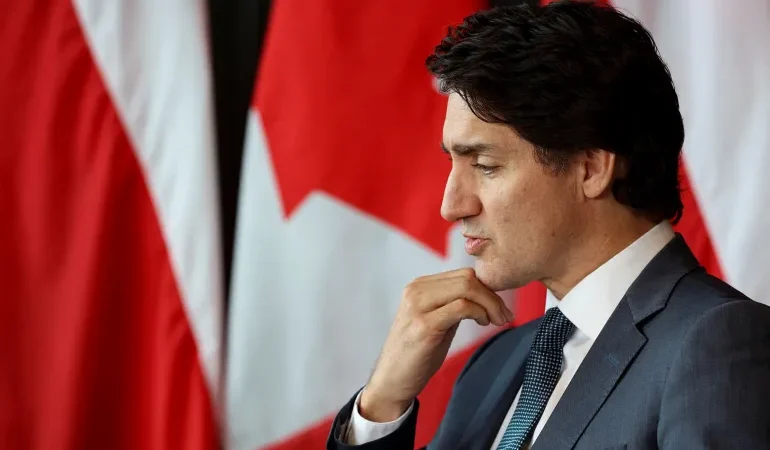
Boeing under investigation after workers falsified inspection records on some Dreamliners
The U.S. Federal Aviation Administration said Monday it has opened an investigation into Boeing after the beleaguered company reported that workers at a South Carolina

Spears HTM duo earns top honors at nation’s largest hospitality trade show competition
A pair of Oklahoma State University’s School of Hospitality and Tourism Management students took home the Judges Championship Trophy at the AAHOACON24 Hotel Turnaround Collegiate

All hail the net zero strategy: a year late and lacking in both ambition and funding
In politics, timing is everything. Last week the government set out its strategy for meeting its net zero carbon targets: this came a year later

Free cash programs spread as more cities expand the anti-poverty safety net
Across the country, city-led guaranteed income programs are delivering unrestricted payments to struggling households, including those ineligible for other aid. Conservative critics are pushing back.Just

Stock Market Today: Asian Stocks Track Wall Street’s Decline as Middle East Tensions Escalate
Asia stocks pulled back on Monday as worries about potentially escalating tensions in the Middle East rattled financial markets, pushing investors to look for safer

Trudeau announces $2.4B federal investment in AI, tech sector
The federal government will be investing $2.4 billion to accelerate Canada’s artificial intelligence (AI) sector, Prime Minister Justin Trudeau announced Sunday.The investment will be divided

Hong Kong’s IPO market is looking up as pipeline grows, while mainland bourses to struggle amid regulatory curbs: Deloitte
The best thing about black hair is how diverse it can be. Black women enjoy doing their hair because the texture allows them to try

Shares, yields wobble on unclear rate cut timing
Global shares and bond yields meandered on Wednesday after data showed U.S. services industry growth eased further in March, suggesting inflation is slowing, but not

Uncertainty over rate cuts wobbles US government bond market
Strong economic data and worries over sticky inflation are pushing investors to reassess how deeply the Federal Reserve will be able to cut interest rates

Sam Bankman-Fried: Disgraced ‘Crypto King’ to be sentenced
Sam Bankman-Fried, the former billionaire crypto boss who was convicted of fraud and money laundering last year, will return to court in New York on

Who wouldn’t like prices to start falling? Careful what you wish for, economists say
WASHINGTON — Many Americans are in a sour mood about the economy for one main reason: Prices feel too high.Maybe they’re not rising as fast as they had been, but average prices are still painfully above where they were three years ago. And they’re mostly heading higher still.Consider a 2-liter bottle of soda: In February 2021, before inflation began heating up, it cost an average of $1.67 in supermarkets across America. Three years later? That bottle is going for $2.25 — a 35% increase.Or egg prices. They soared in 2022, then fell back down. Yet they’re still 43% higher than they were three years ago. Likewise, the average used-car price: It rocketed from roughly $23,000 in February 2021 to $31,000 in April 2022. By last month, the average was down to $26,752. But that’s still up 16% from February 2021.Wouldn’t it be great if prices actually fell — what economists call deflation? Who wouldn’t want to fire up a time machine and return to the days before the economy rocketed out of the pandemic recession and sent prices soaring? At least prices are now rising more slowly — what’s called disinflation. On Friday, for example, the government said a key price gauge rose 0.3% in February, down from a 0.4% gain in January. And compared with a year earlier, prices were up 2.5%, way down from a peak of 7.1% in mid-2022. But those incremental improvements are hardly enough to please the public, whose discontent over prices poses a risk to President Joe Biden’s re-election bid.“Most Americans are not just looking for disinflation,’’ Lisa Cook, a member of the Federal Reserve’s Board of Governors, said last year. “They’re looking for deflation. They want these prices to be back where they were before the pandemic.’’Many economists caution, though, that consumers should be careful what they wish for. Falling prices across the economy would actually be an unhealthy sign.“There are,’’ the Bank of England warns, “more consequences from falling prices than meets the eye.’’ What could be so bad about lower prices? Deflation is a widespread and sustained drop in prices across the economy. Occasional month-to-month drops in consumer prices don’t count. The United States hasn’t seen genuine deflation since the Great Depression of the 1930s.Japan has experienced a much more recent bout of deflation. It is only now emerging from decades of falling prices that began with the collapse of its property and financial markets in the early 1990s. “Although lower prices may seem like a good thing,’’ Banco de España, the Spanish central bank, says on its website, “deflation can in fact be highly damaging to the economy.’’How so? Mainly because falling prices tend to discourage consumers from spending. Why buy now, after all, if you can purchase what you want — cars, furniture, appliances, vacations — at a lower price later? The reality is that the economy’s health depends on steady consumer purchases. In the United States, household spending accounts for around 70% of the entire economy. If consumers

Thames Water boss says bills need to rise by 40%

Can News Be Made Into a Sustainable Business?

Travel disruption after lorry hits bridge in Glasgow

Weight loss drugs firm expands into heart disease treatment








can news-INCON Announces New Leadership Team
Recent Posts
- Tom Brady vows to be ‘better parent’ after Netflix roast tore into divorce
- Tom Brady has promised to be “a better parent” after a Netflix comedy special poked fun at his divorce.The seven-time Su
- What are Labour’s pledges for government?
- US weighs upgrade for Vietnam to ‘market economy’ status
- Boeing under investigation after workers falsified inspection records on some Dreamliners
- Here’s Why Kim Kardashian Learned To Cook
- Jordan North lands huge new job just hours after quitting BBC Radio 1
- Jay Blades’ heartbroken wife sobs she ‘couldn’t be enough’ for Repair Shop host after marriage split
- ‘No chance’ William will meet with Prince Harry when he returns to UK, claims expert
- Are Ridge and Jade from Married at First Sight Australia still together?
Search



United Airlines Says It Lost $2 Billion in 3 Years Since Waiving Change Fees for Flights
United Airlines’ decision to scrap flight change fees three years ago wasn’t exactly a cost-effective move — and now the airline says it is paying the price. On Tuesday, the

One year countdown to WorldSkills Lyon 2024
One year from now, the WorldSkills community will reunite in Lyon, France, for the world’s largest skills championship. With Lyon on their horizons, thousands of young people from our Member

Virgin Mobile wins Technology Company Award at Arabian Business Achievement Awards 2024
Virgin Mobile was named the ‘Technology Company of the Year’ at Arabian Business Achievement Awards 2024. The winners of the Arabian Business Achievement Awards 2024 were revealed during a prestigious























